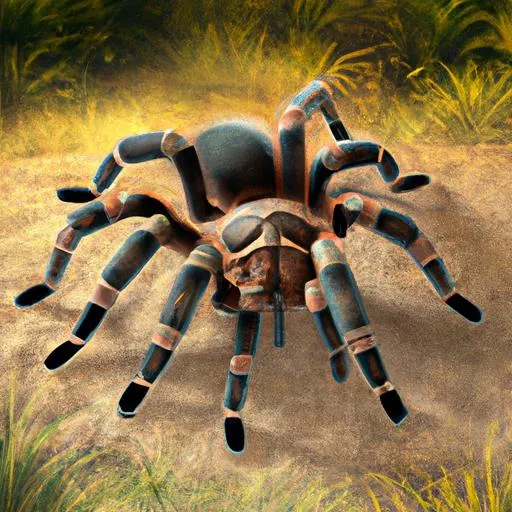What is a Spider Tarantula
Spider Tarantulas, often simply called tarantulas, are large, hairy spiders belonging to the Theraphosidae family. These fascinating creatures are known for their impressive size, often spanning several inches across their legs. Despite their fearsome appearance, many tarantula species are relatively docile and are increasingly popular as pets. Their presence spans a wide range of habitats, from deserts to rainforests, showcasing their remarkable adaptability. Understanding the basics of spider tarantulas, from their physical traits to their behaviors, helps to dispel common myths and appreciate these incredible arachnids. They play an essential role in their ecosystems, and their study provides valuable insights into the world of invertebrates.
Physical Characteristics
Spider tarantulas exhibit a range of physical characteristics that contribute to their survival. They are easily recognizable by their robust bodies covered in a dense coat of hairs. These hairs serve multiple functions, including sensory perception, protection, and even defense. Their eight legs, each ending in claws, allow them to climb and navigate their environment. Their chelicerae, or mouthparts, are equipped with fangs that inject venom into their prey. The body is divided into two main parts the cephalothorax and the abdomen, where the internal organs are housed. The diversity in color and patterns, from browns and blacks to vibrant blues and oranges, also helps them blend into their surroundings or attract mates, depending on the species and habitat.
Size and Appearance
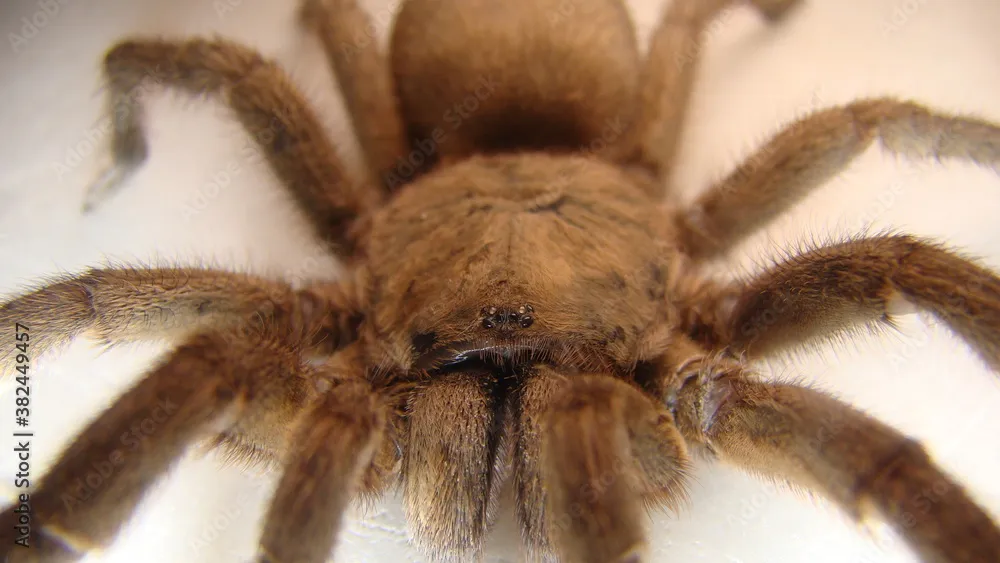
The size and appearance of spider tarantulas vary greatly among different species. Some of the largest tarantulas can have a leg span of over 10 inches, making them among the biggest spiders in the world. Their bodies are typically covered in dense hairs, which can range in color from earthy browns and blacks to vibrant blues, oranges, and reds. These hairs serve as sensory organs, helping the tarantula detect vibrations and air movements. Their large fangs are a defining feature, used to inject venom and grasp prey. Overall, their appearance reflects their adaptation to specific environments and their role as formidable predators. The visual diversity found in these creatures is a testament to their evolutionary success.
Habitat and Distribution
Spider tarantulas are found in a wide variety of habitats across the globe, with the greatest diversity in tropical and subtropical regions. They inhabit environments ranging from deserts and grasslands to rainforests and mountains. Their distribution is influenced by factors such as climate, prey availability, and the presence of suitable shelter. Each species has adapted to thrive in its specific niche. These habitats provide the necessary conditions for survival, including appropriate temperatures, humidity, and places to build burrows or find refuge. Understanding their habitat requirements is crucial for their conservation and for ensuring their well-being in captivity. The adaptability of these creatures is demonstrated by their presence in various ecosystems.
Where They Live
Spider tarantulas can be found in many places throughout the world, including North and South America, Africa, Asia, and Australia. They typically live in burrows, under rocks, in trees, or in other sheltered locations. Some species are terrestrial, while others are arboreal, spending their lives in trees. Their choice of habitat often depends on their size, the availability of food, and the environmental conditions. They are well-adapted to their environments, using their physical characteristics and behaviors to survive. Their presence in different regions reflects their adaptability and their role as important predators in their ecosystems. Their ability to thrive in diverse habitats makes them a fascinating subject of study.
10 Amazing Facts
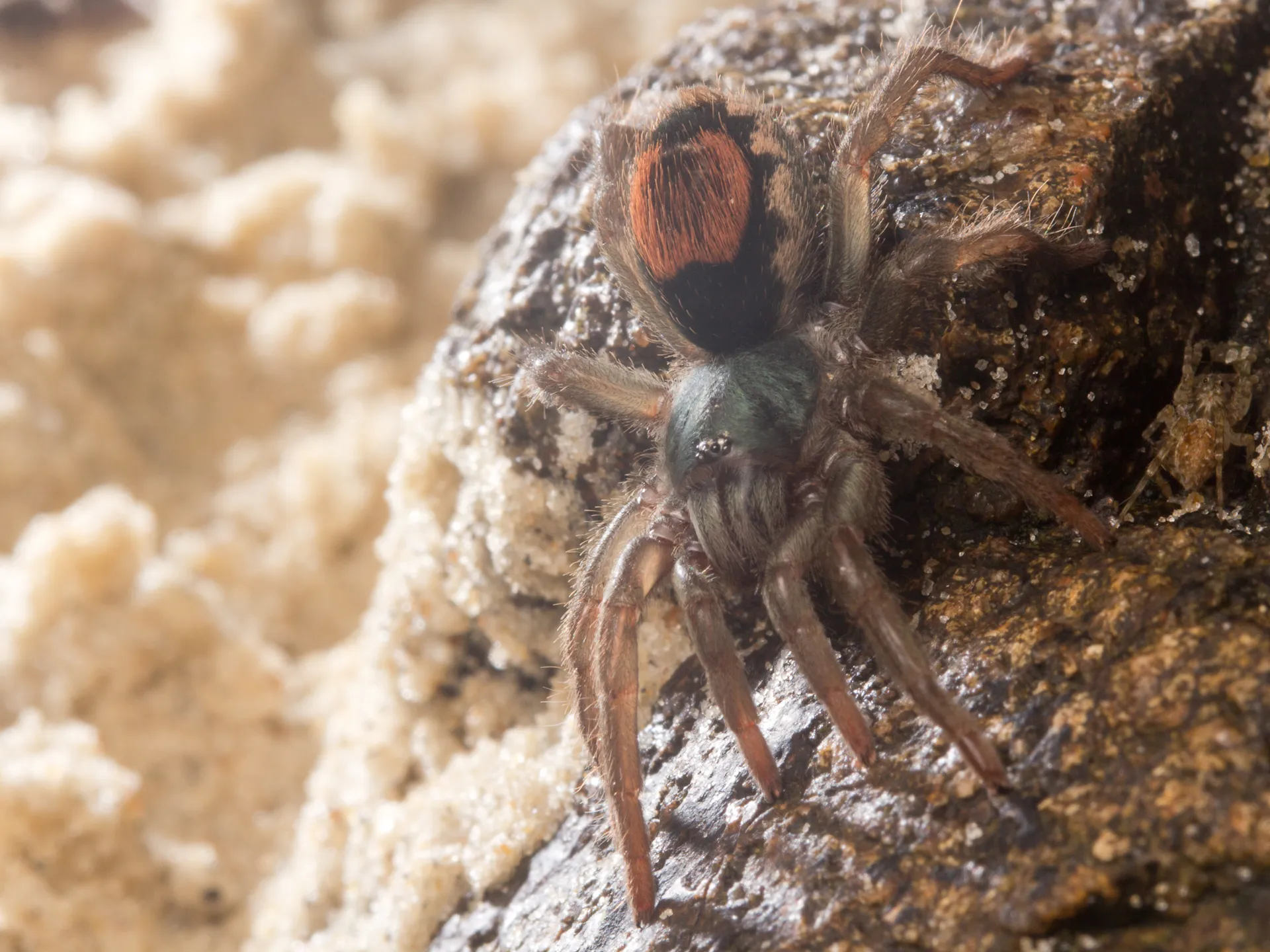
Fact 1 Unveiling the Venom
Spider tarantula venom is not generally considered lethal to humans, although it can cause varying degrees of discomfort. The venom is primarily used to subdue prey, such as insects, small mammals, and birds. While the bite of a tarantula can be painful, the effects are usually limited to localized pain, redness, and swelling. The potency of the venom varies among species, with some being more potent than others. The venom’s composition is complex, containing a mixture of enzymes and toxins that work to immobilize the prey and begin the digestion process. Despite the common perception, serious reactions or fatalities are rare. Their venom has been used in research and has shown promise in treating some diseases. The understanding of tarantula venom continues to evolve.
Fact 2 Their Sensory Abilities
Spider tarantulas possess remarkable sensory abilities that help them navigate their environment and hunt prey. They have sensitive hairs on their legs and body that detect vibrations and air movements. This allows them to sense the presence of prey, predators, or changes in their surroundings. They also have a keen sense of smell and can detect chemical signals from their prey. Their eyes, while not the best for detailed vision, are sensitive to light and movement, helping them to perceive their surroundings. Combined, these senses make them highly effective predators, able to locate and capture prey with precision. These sensory adaptations are crucial for their survival in diverse habitats.
Fact 3 The Molting Process
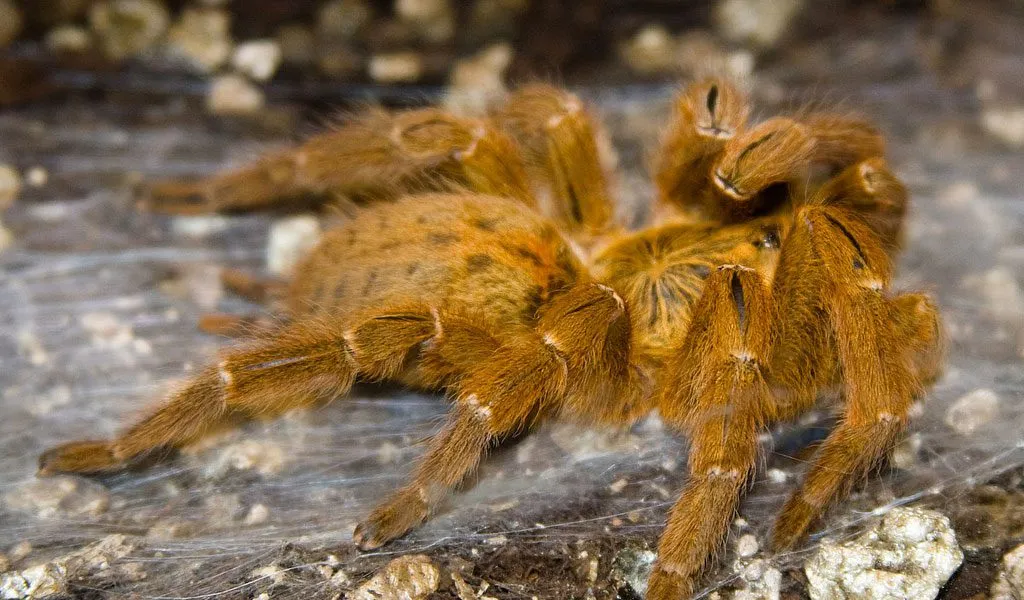
Spider tarantulas, like all arthropods, undergo a process called molting, where they shed their exoskeleton to grow. This process is essential for their development, as their hard exoskeleton does not allow for continuous growth. The tarantula creates a new, larger exoskeleton underneath the old one and then splits the old one open, usually from the back of the cephalothorax. The spider then slowly emerges, often looking pale and vulnerable. During this time, the tarantula is soft-bodied and highly susceptible to injury. The molting process can take hours or even days, depending on the size of the spider. After molting, the spider will gradually regain its color and hardness. It is a critical part of their life cycle.
Fact 4 Hunting Techniques
Spider tarantulas are primarily ambush predators, relying on their speed, venom, and sensory abilities to capture prey. They typically wait in their burrows or concealed locations, patiently anticipating the approach of an unsuspecting meal. When prey comes within range, the tarantula strikes with lightning speed, injecting venom through its fangs. The venom quickly paralyzes the prey, allowing the tarantula to subdue it. After the prey is immobilized, the tarantula begins the digestive process by injecting digestive enzymes into the prey. The enzymes break down the internal tissues of the prey, allowing the tarantula to suck up the liquefied nutrients. Their hunting strategies are a testament to their adaptability.
Fact 5 Lifespan Secrets
Spider tarantulas have a relatively long lifespan compared to many other spider species. Female tarantulas can live for over 20 years in some cases, while males typically have a shorter lifespan, often only living for a few years. The lifespan of a tarantula depends on various factors, including the species, environmental conditions, and overall health. Larger species and those with access to optimal conditions often live longer. The longevity of females is linked to the production of eggs and the reproductive cycle. The secret to their extended lifespans is related to their slow metabolism and their ability to conserve energy. Their resilience and extended lifespans are remarkable for invertebrates.
Fact 6 Venom and Humans
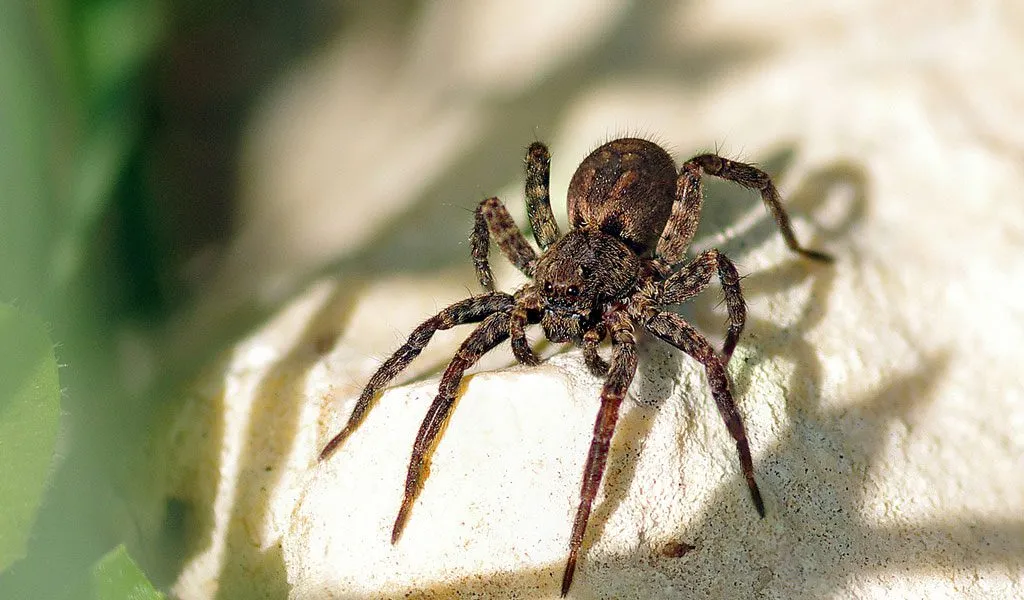
Spider tarantula venom is generally not considered life-threatening to humans, but it can still cause a range of unpleasant symptoms. The effects of a bite can vary depending on the species, the amount of venom injected, and the individual’s sensitivity. Common symptoms include localized pain, redness, swelling, and itching. Some individuals may experience muscle cramps, nausea, and in rare cases, more severe reactions. The bite is usually not severe enough to require medical intervention, although it is always advisable to seek medical advice. Research on tarantula venom is ongoing, with scientists exploring its potential medicinal applications. The potential for allergic reactions exists, so caution is advised.
Fact 7 Communication Methods
Spider tarantulas communicate using a variety of methods, including vibrations, visual displays, and chemical signals. Males often use drumming or stridulation—rubbing parts of their body together—to attract females. Females might respond with their own vibrational signals. During courtship, males engage in elaborate displays, often involving leg waving and other movements, to demonstrate their fitness. They also use pheromones, or chemical signals, to communicate information about their identity, reproductive status, and territory. These methods are crucial for mate recognition, territorial defense, and coordinating social interactions. Their communication strategies showcase the complexity of their behavior.
Fact 8 Spider Tarantulas as Pets
Spider tarantulas are increasingly popular as pets due to their relatively low maintenance requirements and fascinating behaviors. Many species are docile and easy to handle, making them suitable for experienced and novice pet owners. They typically require a secure enclosure with appropriate temperature and humidity levels. Their diet consists of insects, such as crickets and mealworms, which can be easily obtained. It is essential to research the specific needs of the species before bringing one home. Regular handling and interaction should be minimal, and proper precautions should be taken to avoid bites or escapes. Their unique traits provide a rewarding pet-owning experience. This also includes understanding the ethics of keeping them and supporting their conservation in the wild.
Fact 9 Defense Mechanisms
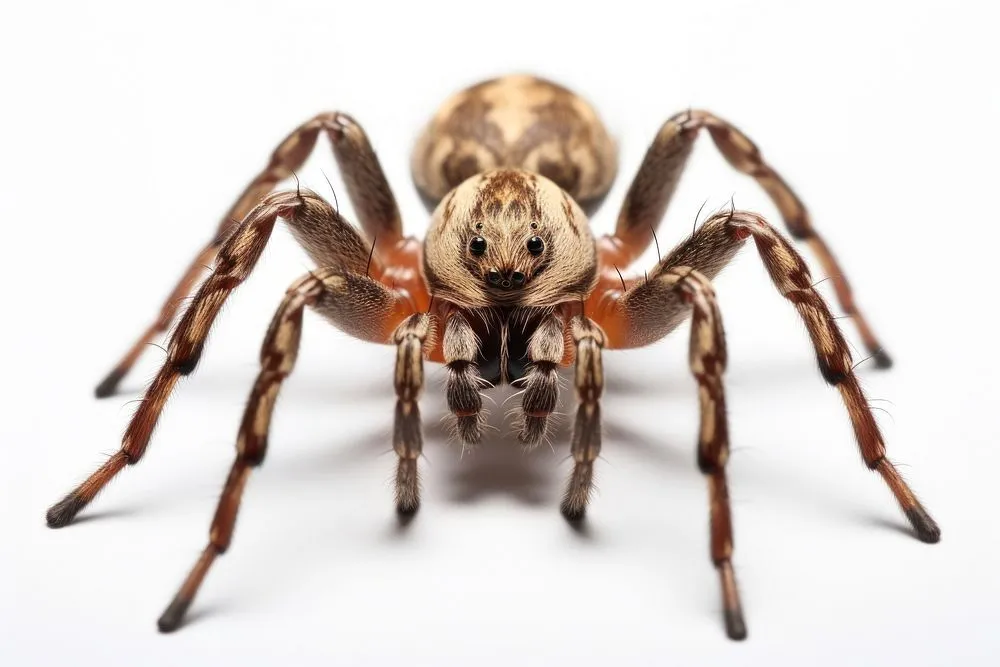
Spider tarantulas have several defense mechanisms to protect themselves from predators. One of the most common is the use of urticating hairs, which are barbed hairs that the tarantula flicks off its abdomen when threatened. These hairs cause intense itching and irritation upon contact, deterring potential predators. They also have strong fangs and are capable of delivering a bite, although they usually prefer to flee or display defensive postures. Some species may also hiss or make other sounds to ward off threats. They can also secrete a substance that is bad tasting from the mouth. Their primary defense strategy is to avoid confrontation whenever possible. They have developed a variety of tools that make them less appealing to predators.
Fact 10 Conservation Status
The conservation status of spider tarantulas varies among species. Some species are common and widespread, while others are threatened or endangered due to habitat loss, collection for the pet trade, and other threats. Habitat destruction, particularly deforestation, is a major concern, as it reduces their natural environments. Overcollection for the pet trade can also impact wild populations. Conservation efforts include protecting their habitats, regulating the pet trade, and educating the public about their importance. Responsible pet ownership plays a vital role in conservation. International cooperation is essential to address the issues affecting their survival. Public awareness and responsible practices are critical for long-term conservation.
Conclusion
Spider tarantulas are remarkable creatures with unique characteristics and behaviors. From their impressive size and physical adaptations to their intriguing hunting techniques and communication methods, they have captivated the attention of scientists, enthusiasts, and pet owners alike. Their role in ecosystems, and their diverse habitats demonstrate their adaptability. However, understanding the importance of conservation, responsible pet ownership, and supporting initiatives to protect their habitats are essential. As we learn more about these amazing arachnids, we gain a greater appreciation for their value in the natural world and the steps necessary to ensure their survival for generations to come.
